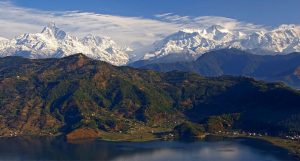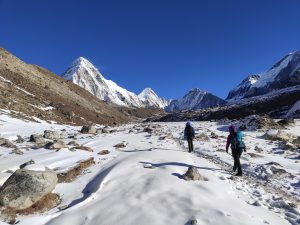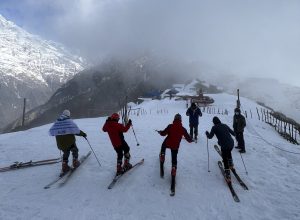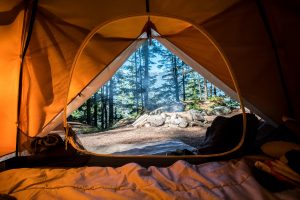
On July 26, Anjita Bhandari, a 22-year-old resident of Pokhara metropolitan city, went canyoning. As an adventure lover, she wanted to experience doing something new. But her harness broke, and she fell and lost her life. This was not the only adventure tourism-related death in the country in the year.
In February 2023, a woman in her 50s from Birendranagar in Surkhet, tragically died after falling from a swing at the Tree House Funpark, operated by Kankrebihar Funpark and Resort, Birendranagar-4. Two others were injured in the same incident.
In 2022, four people were injured in a Ferris Wheel accident in Pokhara while a 16-year-old boy died in a go-kart accident in February 2021.
Paragliding, which has been quite popular in Nepal, has seen its fair share of accidents too. In October 2022, Nisim Thapa, a Nepali Army paraglider, lost his life in a paragliding accident during the National Games.
Prior to this incident, there had been 16 other fatalities in paragliding accidents in the country, making a total of 17 major accidents in the one-and-a-half-decade history of commercial paragliding in Nepal. Ultralights have also been involved in multiple accidents in the region.
No one is safe

The above examples show no one is safe. The safety concerns surrounding adventure tourism and recreational activities in Nepal are becoming alarming. This has brought to light the inadequate regulation by both local and federal governments.
The absence of regular monitoring, and safety standards in adventure tourism activities has led to frequent occurrences of accidents in recent times. While the government does take ad-hoc steps and take action against the companies, a lack of oversight has meant these incidents continue to occur.
Experts say numerous companies offering adventure tourism activities are not adhering to essential safety standards and are lacking sufficient security measures. Consequently, accidents have been increasing, raising serious concerns among stakeholders in the industry.
The stakeholders worry that this situation could tarnish Nepal’s reputation as a safe and reliable destination for adventure enthusiasts and tourists. They feel urgent action is required to address these issues and ensure the well-being of visitors participating in such activities in Nepal.
Lack of regulation
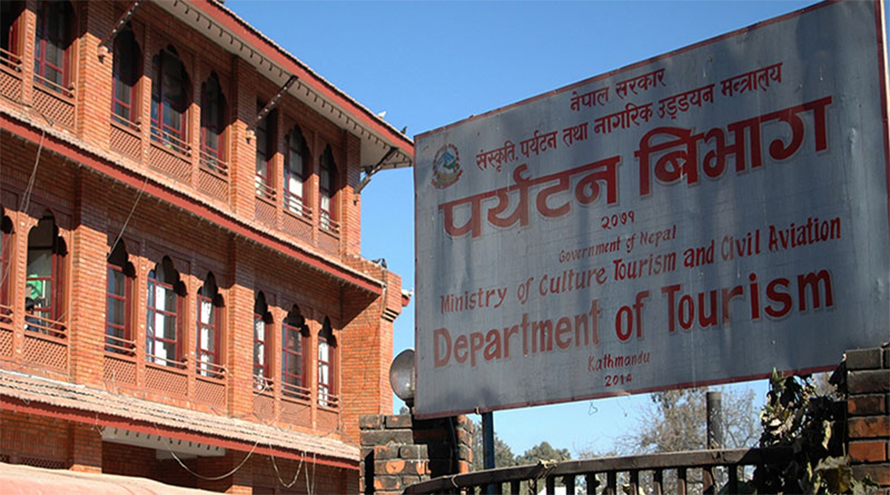
It is clear that adventure tourism in Nepal is currently facing a concerning issue of inadequate regulation standards. Despite the Tourism Act of 1978 stipulating that these activities must obtain official permission to operate, numerous ventures are running without acquiring the necessary approvals from the department.
While certain activities may have received registration and authorisation at the local level, there are others that are operating without any formal registration, leading to a lack of oversight and potential safety concerns.
The Department of Tourism has been urging local authorities to take responsibility to ensure the safety of people indulging in adventure tourism activities. According to Hom Prasad Luitel, the Director General of the department, there is a concern that certain activities are being conducted without adhering to the necessary standards.
“It is not possible for us to go to all the places from Kathmandu and monitor,” he says. “We have asked the local level to take leadership and monitor these businesses to ensure safety.”
In 2018, tragic incidents occurred in Nepal’s rivers, with one person losing their life in a rafting accident at Chatra in Sunsari, and another fatality involving an Australian on the Karnali river. Prior to these events, there had been a history of recurrent accidents in Nepal’s rivers.
However, it is significant that since 2018 there have been no reported fatal rafting accidents on the rivers, indicating a period of improved safety measures and a decline in such unfortunate incidents.
Maniraj Lamichhane, a director at Nepal Tourism Board, stresses the negative impact that a fatal accident can have on Nepal’s tourism image, emphasising the need for stringent safety measures to avoid such incidents.
“These incidents can happen at any time as these are risky activities. But that said we can work towards making it much safer for everyone,” says Lamichhane.
Act with caution

In February, the Department of Tourism issued a notice and directed that all types of adventure tourism activities should be registered and operated only with a license in accordance with the Tourism Act 1978.
Rafting, paragliding, jungle riding, camping, hiking, skiing and other specified businesses were asked to undergo the mandatory registration process. Luitel says all district administration offices have been notified.
He says that the government urges adventure tourism activities like water rafting, jungle safari, trekking, and mountain climbing to be conducted through registered agencies. Even activities with local-level permission must provide detailed engineering design as instructed by the Tourism Department.
At the same time, he informs that similar instructions have been given to the recently commissioned Sky Walk Tower in Kathmandu. “This is an adventurous product that has been operated with the permission of the local level,” he says. “But we have asked for safety guarantees and engineering designs to ensure safety.”
Stakeholders in the mountaineering community are dismissing accidents as mere chance or fate. There has been a persistent call for allowing only skilled climbers in the mountains to ensure effective weather information and to prevent climbing for mere fashion or advertising purposes. Unfortunately, the government has been unable to implement such measures due to the influence of financial interests and royalties.
This story was translated from the original Nepali version and edited for clarity and length.






